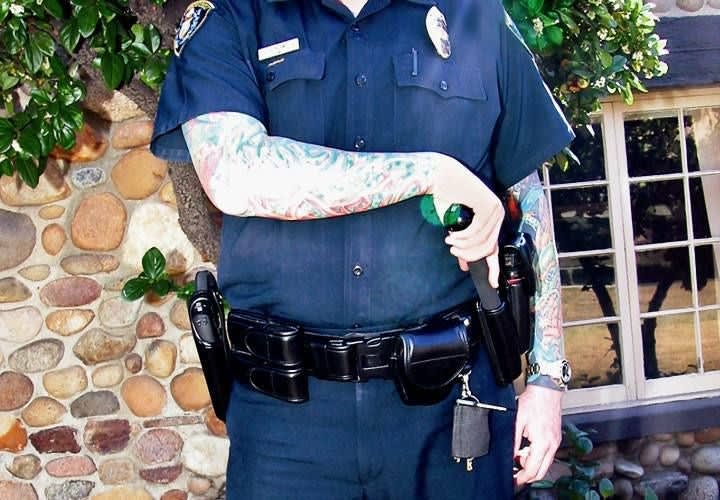Lansdowne’s policy was developed because of complaints from community members. Some victims also reported being slightly shocked by the excessively tattooed officers who came to help them. Bill Farrar, president of the San Diego Police Officers’ Association, while not disagreeing with Lansdowne’s decision, feels the policy should only apply to those officers joining the force after the memo was released.
San Diego is not the first department to require this type of policy. The Los Angeles Police Department implemented a similar policy last year. LAPD’s policy requires that any visible tattoos, whether excessive or not, must be covered. While San Diego’s policy isn’t as restrictive, the topic of visible body art in the police force has created a nationwide stir in the law enforcement community.
Many in law enforcement agree with policies requiring body art to be covered. Sgt. Thomas Kauffman of the Upper Allen Township Police in Mechanicsburg, Pa., feels appearance is an important factor in the police community and should be taken into consideration by officers who have tattoos or are getting any.
“I have several tattoos, but when I got them I put them in places that would not be seen if I was wearing a short-sleeved shirt, specifically because I know how tattoos can be perceived,” he says. “I kept in mind I want to look professional and not have my judgment questioned.”
A photo of a tattooed officer in the March issue of POLICE received much attention from officers around the country and there are numerous officers who feel tattoos are harmless and shouldn’t be viewed negatively.












